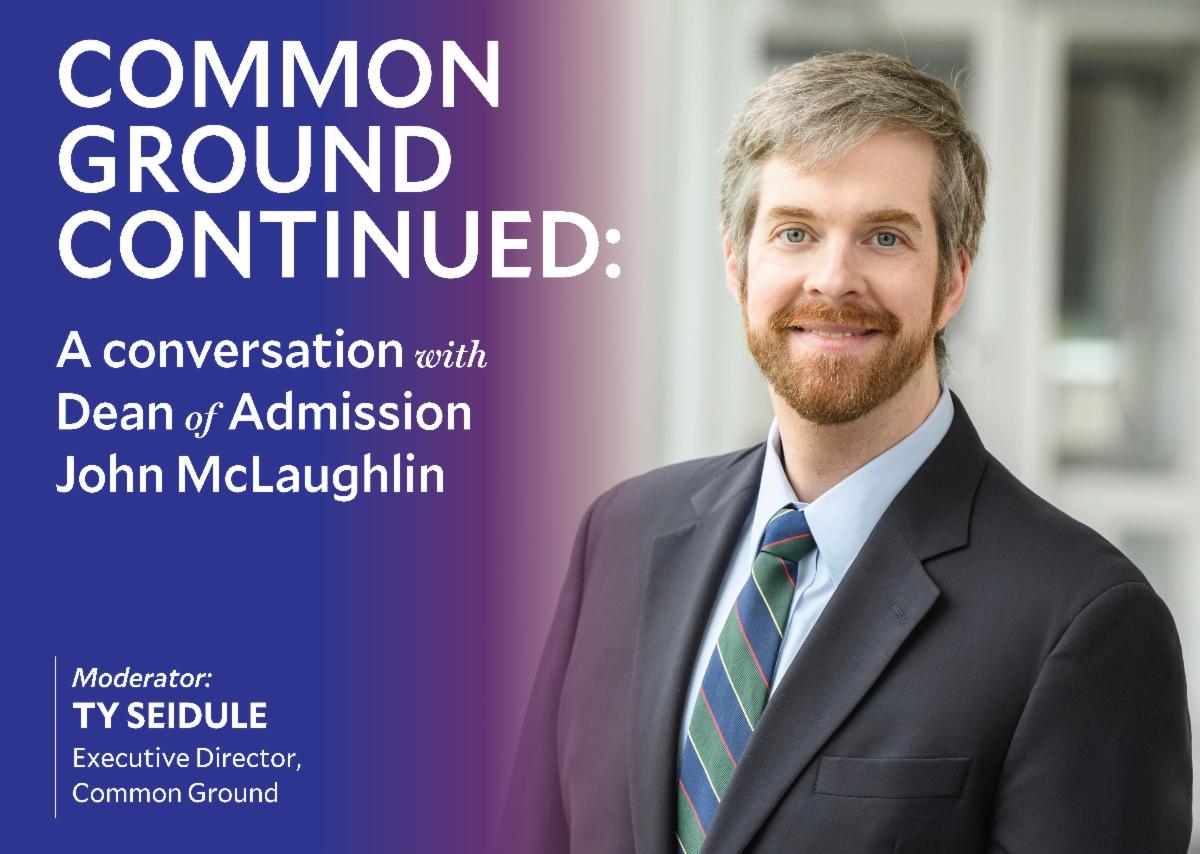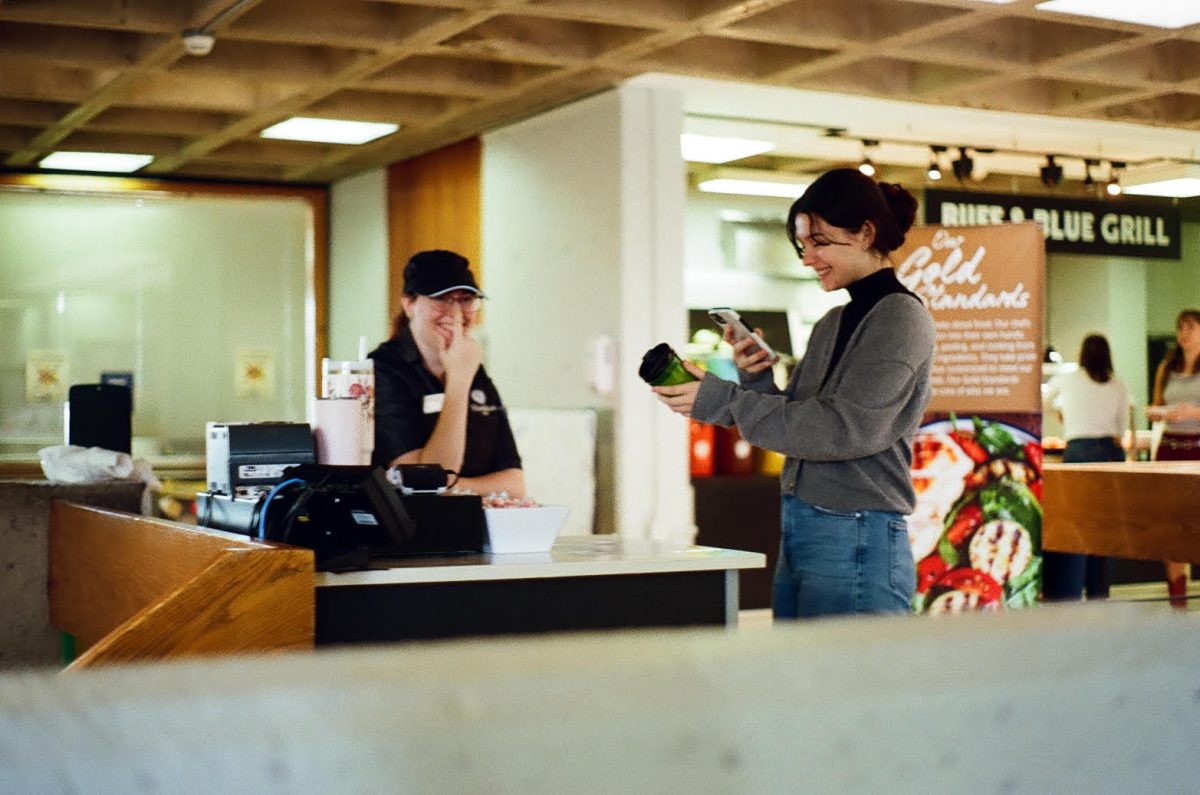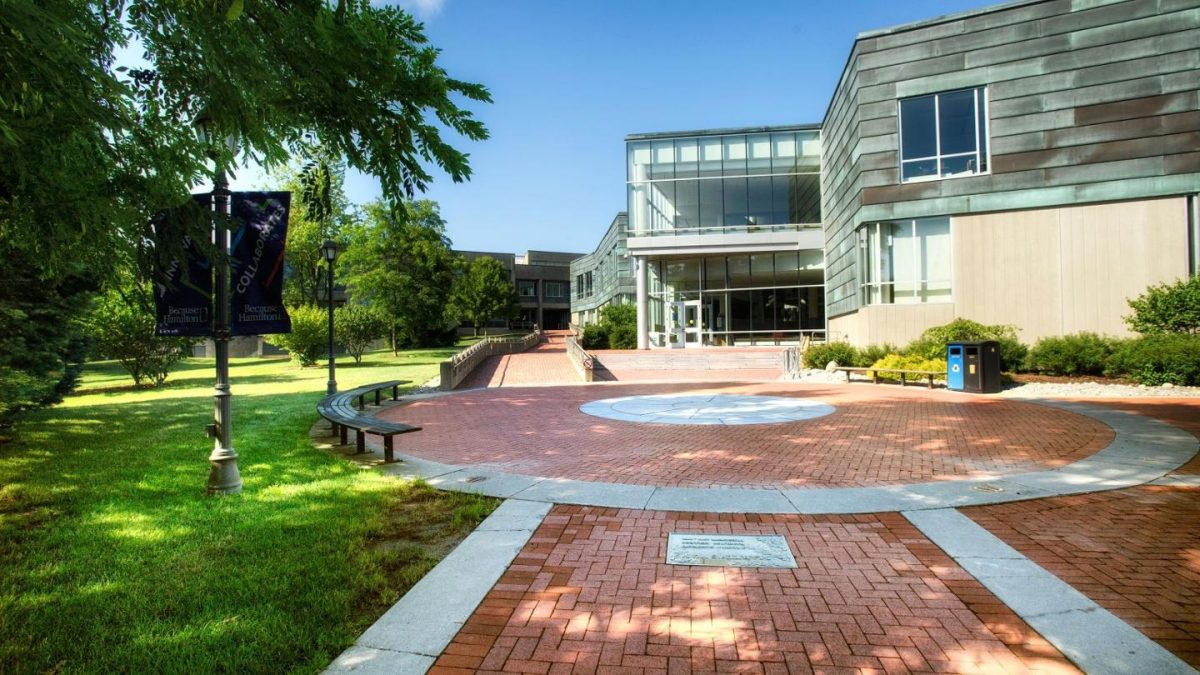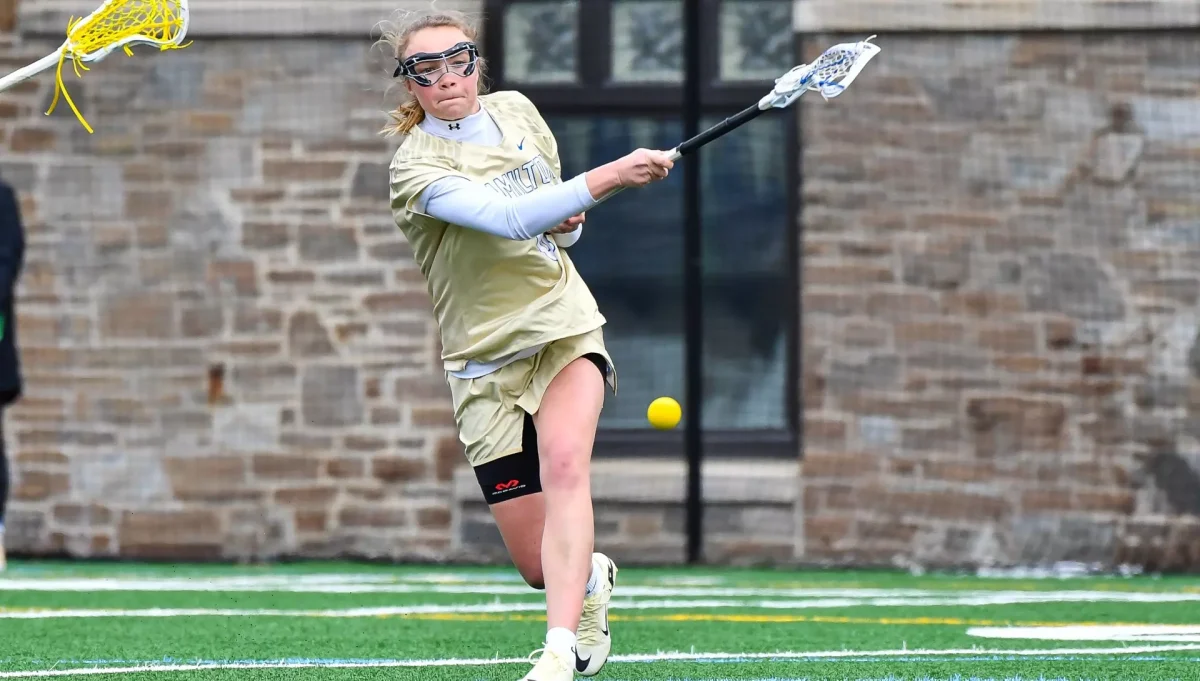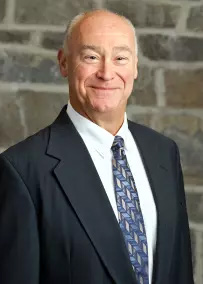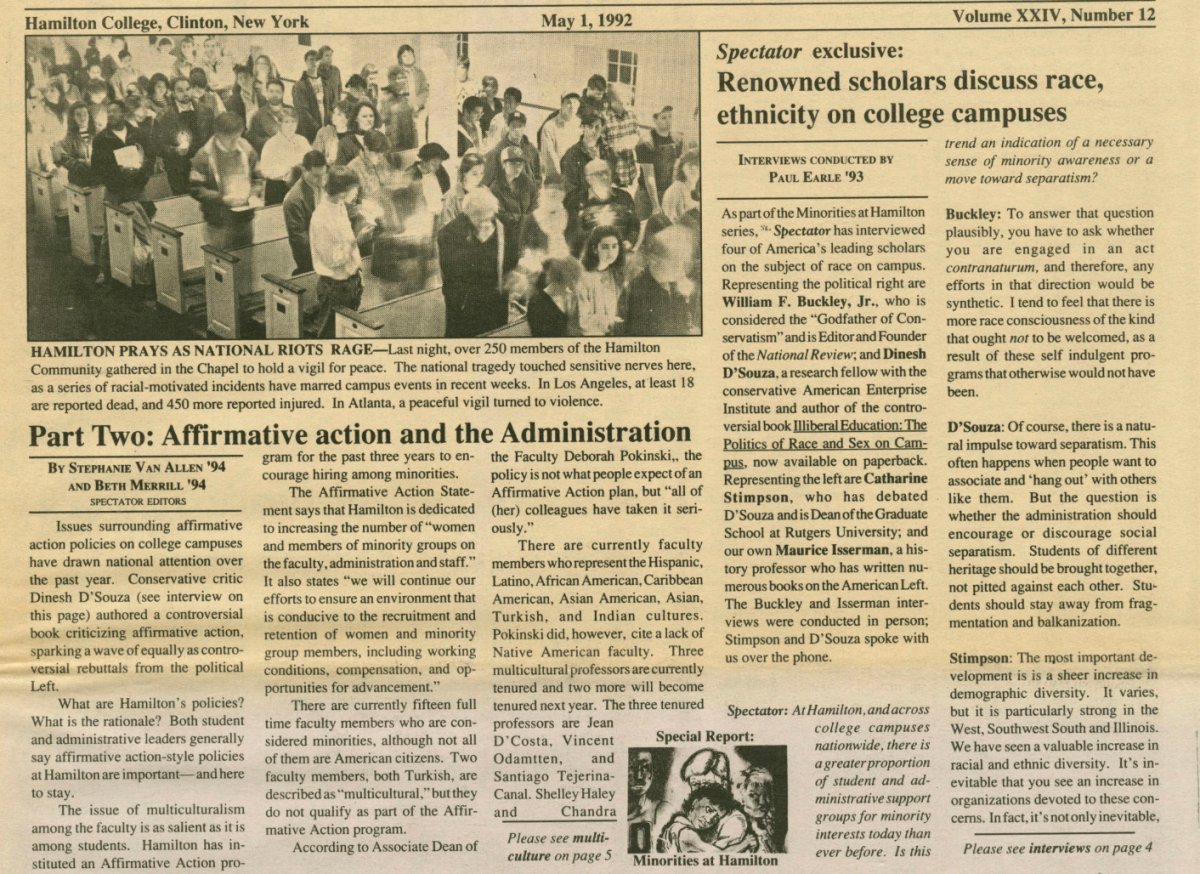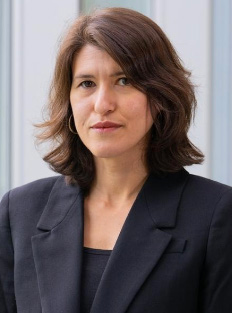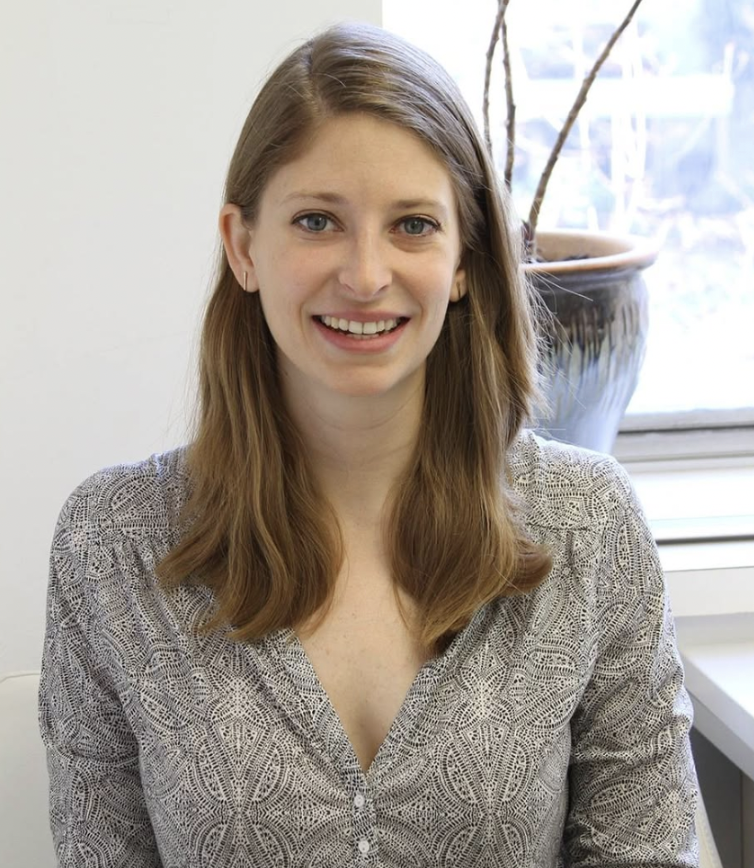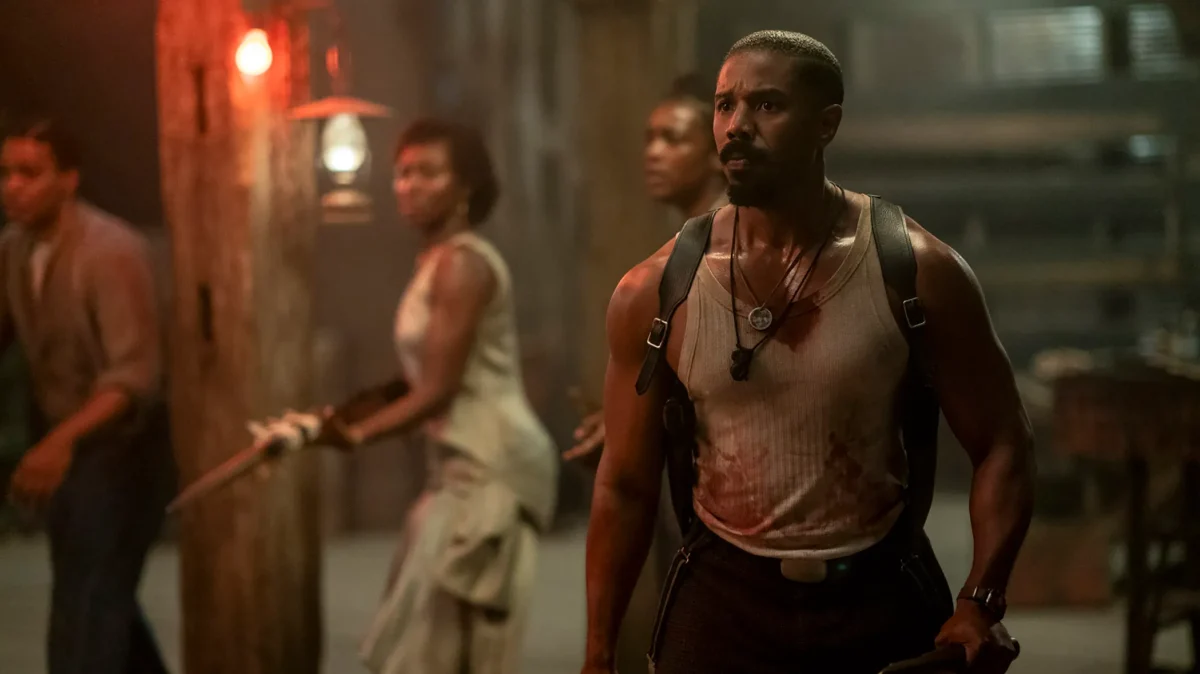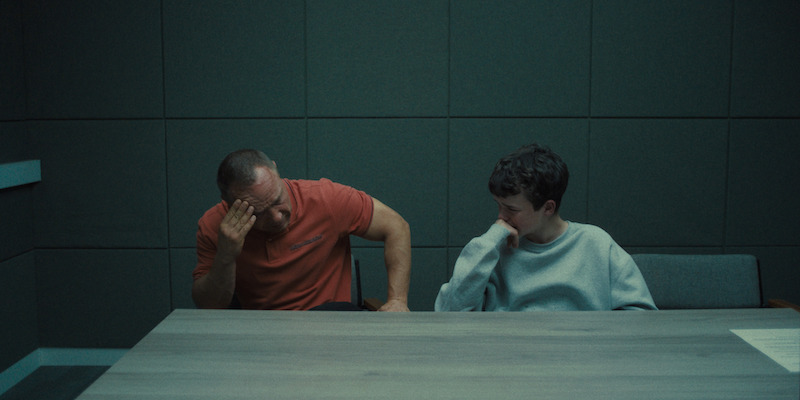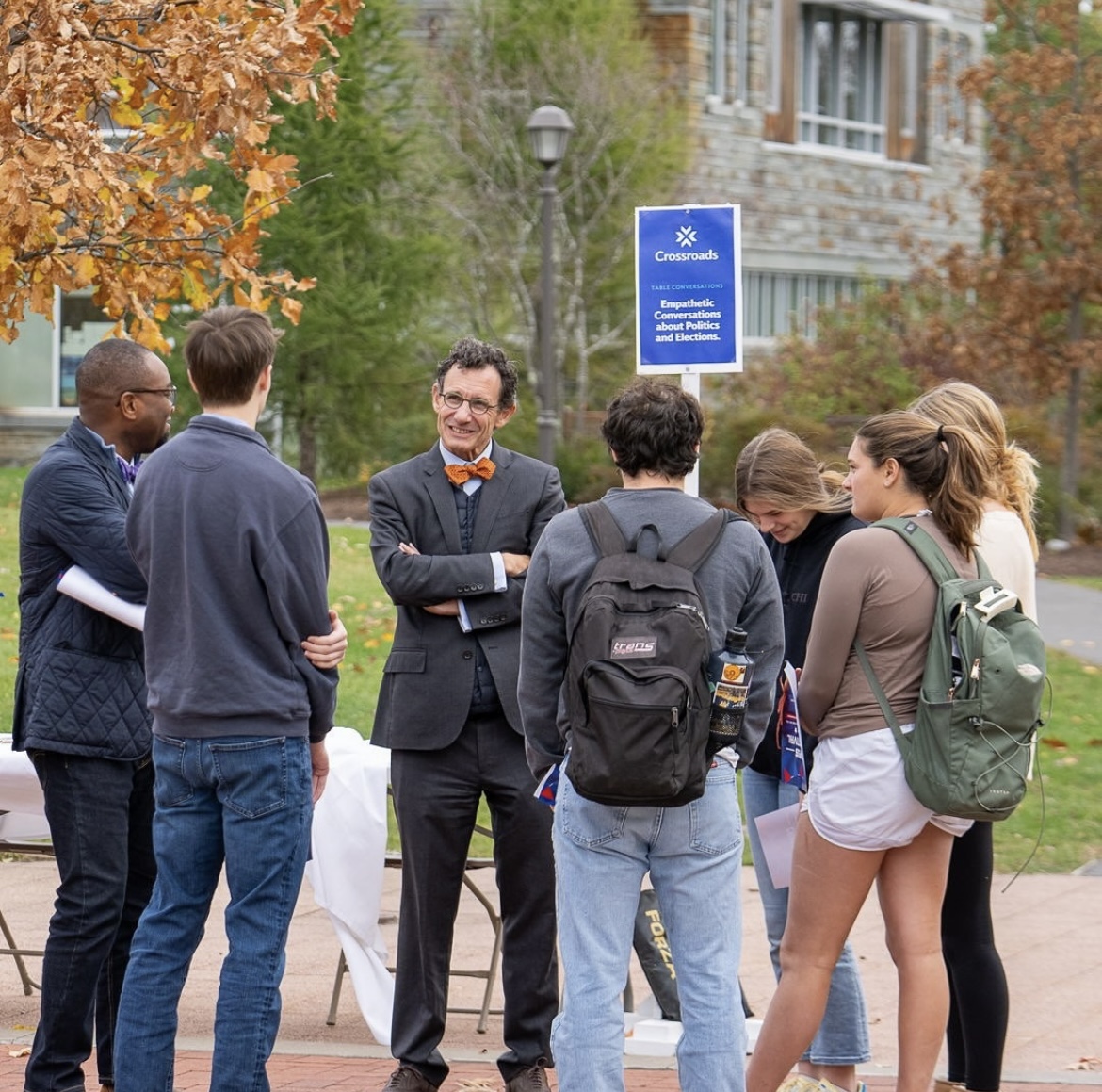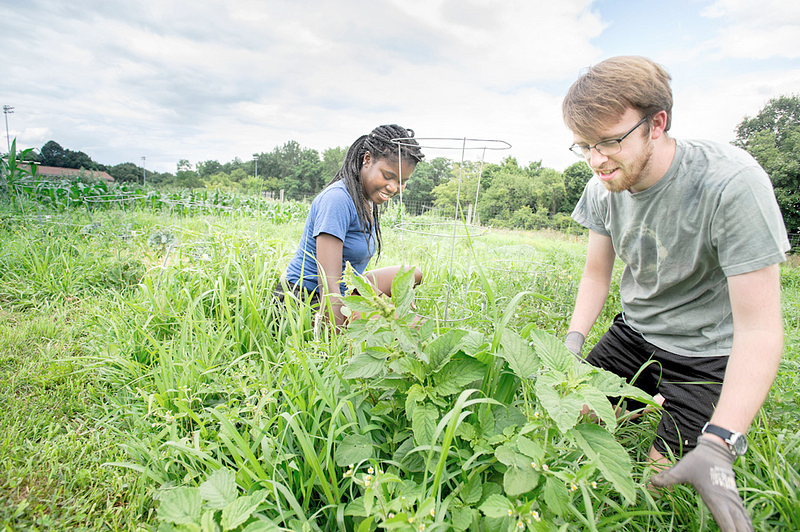
Two weeks ago, as Family and Fallcoming Weekend was in full swing, I, along with three other students, attended a meeting with two members of the Board of Trustees, Chief of the Investment Committee Robert Delany, Chairman of the Board Stephen Sadove, and President of the College David Wippman.
The topic of discussion was the possibility of the College’s divestment from fossil fuels and sharing general feelings about climate change at Hamilton College. The meeting lasted for a total of thirty minutes and mainly consisted of reasons why the College would not divest due to the fact that such a decision may hamper the College’s ability to offer need-blind aid as well as plenty of other opportunities for students.
The meeting felt like a capstone to a very tumultuous and confusing campaign aimed at pushing the administration and Board to take the climate change crisis seriously. The student body has had an issue understanding just what Hamilton has done in regards to safeguarding our future. Working closely inside of the sustainability infrastructure, I still cannot fully answer that question, and after this meeting it seems even more unclear.
Further, the punctuating counterpoint made by the three sitting opposite me was to ask what the students were going to do. Putting aside the obvious point that students do not have thirty million dollars invested in fossil fuels, it seemed cruel to ask more of students whom, in my experience, have done an immense amount of work to create a more sustainable future.
At the table were three students working as Sustainability Coordinators at the College were present. There are more than eight environmental groups on campus working towards creating a greener campus and culture. This coupled with the fact that a larger and larger portion of the Hamilton student body is concentrating in Environmental Studies goes far to show the commitment of students to sustainability. Why, then, is the onus on students to handle this?
We continue to devote our time to this issue, and we ask the same of our institution. Many of us attend classes concerning climate change and understand our place within this ever-evolving discourse. However, it becomes confusing when the very institution you attend teaches you the dangers of these companies while turning a blind eye to their investments in polluters.
Where do we go from here? Hamilton fostered my appreciation for environmentalism. I started working in sustainability my sophomore year, and the longer I work for the school and the closer I get to the process, the less I am convinced that we are prepared for the future.
An underlying point made during our talk was the desire for the College to be here in 100 years. Investments in fossil fuels, supposedly, will allow the institution to continue for that time period. However, does a hundred years matter when our world will be radically different in ten?
At this point, I understand that divestment is not something the College is interested in. Finding some common ground is the only reasonable thing to ask for now. The meeting mentioned no future plans, offered no alternative roots towards more transparency, and for that matter, provided little information to disseminate to other students about the College’s stances.
For that reason, I wish that we could start a dialogue or at least continue the conversation started during Fallcoming in order to persistently show the dedication of students, faculty, and staff towards combating the climate crisis on and off campus.


